China’s Secretive Sixth-Generation Fighter Shenyang J-50 Takes to the Skies in Dramatic New Tests
Vivid images widely circulating on social media provided unprecedented clarity into the sophisticated twin-engine design of the J-50, reinforcing assessments that the jet is specifically tailored as an Air Dominance platform, directly rivaling America's future F-47 sixth-generation fighter.
(DEFENCE SECURITY ASIA) – China’s ambitious sixth-generation J-50 fighter, crafted meticulously by Shenyang Aircraft Corporation (SAC), was once again spotted today conducting rigorous test flights over Chinese airspace.
Vivid images widely circulating on social media provided unprecedented clarity into the sophisticated twin-engine design of the J-50, reinforcing assessments that the jet is specifically tailored as an Air Dominance platform, directly rivaling America’s future F-47 sixth-generation fighter.
The race to develop sixth-generation fighter jets has intensified the strategic rivalry between the United States and China, with both nations vying for air superiority in the coming decades.
The U.S., through its Next Generation Air Dominance (NGAD) program, aims to field a highly stealthy, AI-integrated fighter capable of commanding unmanned wingmen and dominating contested airspace.
In parallel, China is advancing its own sixth-gen platforms, notably the J-36 and J-50, signaling Beijing’s ambition to counter U.S. aerial dominance, particularly in the Indo-Pacific.
This technological contest is shaping the future of air combat, with implications for global power projection and deterrence.
“Experts analyzing the J-50’s design note that it integrates advanced technologies aimed at achieving air superiority, supporting network-centric operations, and ensuring survivability in highly contested airspace.”
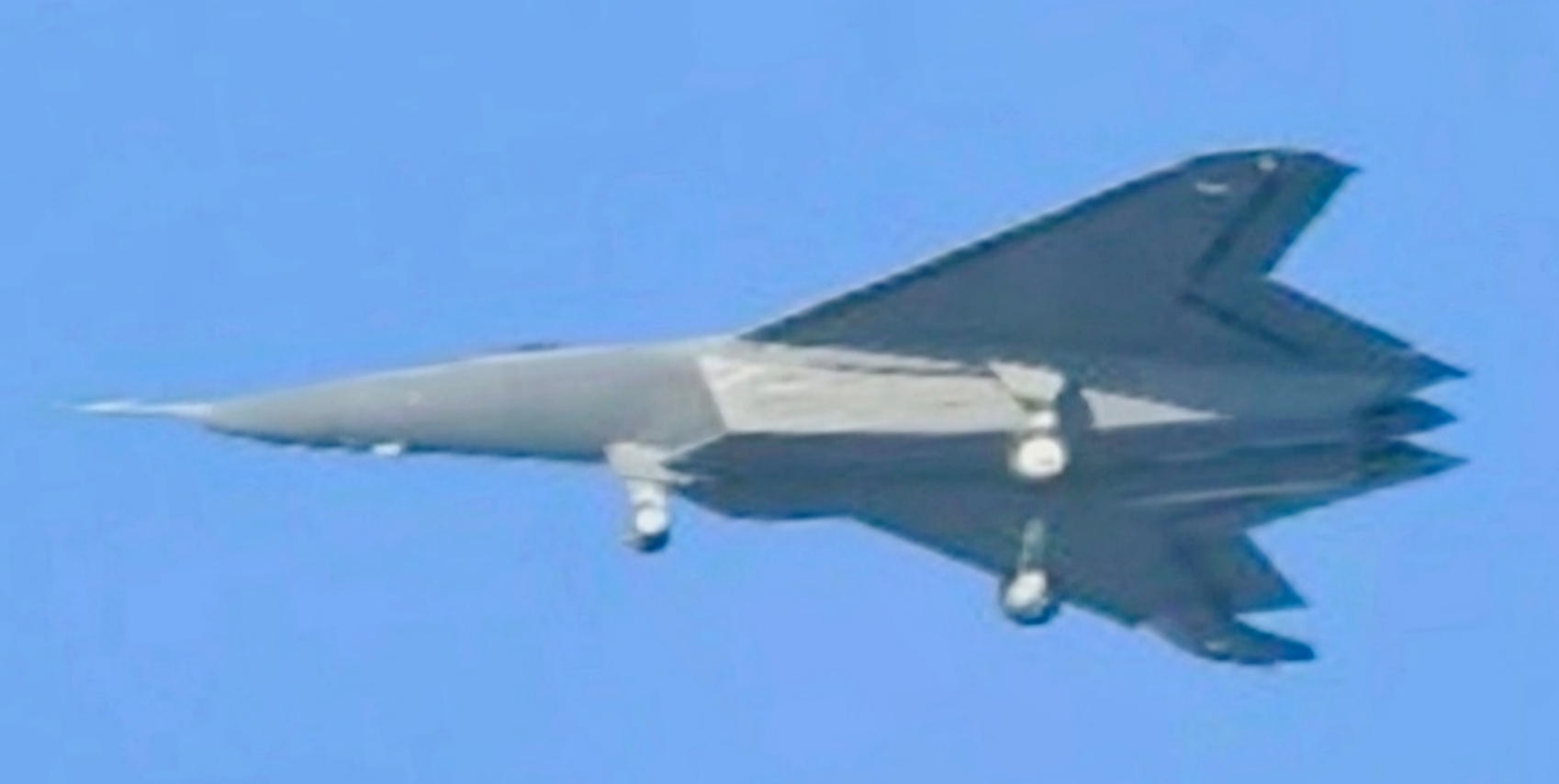
Crucially, the J-50 reportedly incorporates advanced artificial intelligence (AI) into its flight management system, capable of autonomously evaluating complex combat scenarios, identifying threats, and executing tactical decisions, thus dramatically reducing pilot workload and enhancing strategic operational capabilities.
The J-50 initially took to the skies over Shenyang, Liaoning Province, on December 26, 2024, marking a pivotal milestone in China’s strategic airpower ambitions.
Observers have specifically highlighted two advanced systems onboard the J-50: the Electro-Optical Targeting System (EOTS) and Thrust Vector Control (TVC).
The Electro-Optical Targeting System (EOTS) is an advanced, high-performance sensor array employing electro-optical and infrared capabilities to detect, track, and precisely engage aerial and ground targets across significant ranges, regardless of weather conditions or visibility, day or night.
Integrated within the EOTS are high-resolution imaging sensors, Forward-Looking Infrared (FLIR) cameras, and precision laser designators that effectively guide an arsenal of precision-guided munitions, such as advanced air-to-ground missiles and smart bombs.
Additionally, the incorporation of Thrust Vector Control (TVC) provides the J-50 unmatched agility, enabling its engine nozzles to pivot dynamically mid-flight, significantly enhancing combat maneuverability, particularly during close-range dogfights.
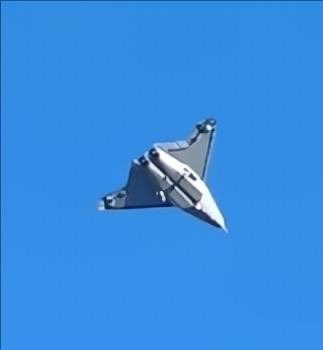
Strategically, China’s simultaneous testing of two sixth-generation fighter programs—the SAC-developed J-50 and the Chengdu Aircraft Corporation’s (CAC) J-36—reflects a clear intent by Beijing to secure air dominance in the Indo-Pacific region as geopolitical competition intensifies.
Chinese defence analysts anticipate operational deployment of both the J-36 and J-50 in the People’s Liberation Army Air Force (PLAAF) during the early to mid-2030s, a timeframe aligned with China’s strategic goal of asserting its dominance in contested regional airspaces, particularly against Western and regional adversaries.
Parallel to these sixth-generation advancements, China continues testing the J-35 fighter jet, its second fifth-generation aircraft developed by SAC, complementing the CAC’s J-20 Mighty Dragon.
The J-35, optimized for carrier-based operations, is a critical component of China’s expanding naval ambitions, though a land-based variant is also in development, broadening its strategic flexibility.
In a noteworthy regional security development, Pakistan has officially committed to acquiring 40 units of the advanced J-35A fighters, underscoring Islamabad’s strategic pivot to strengthen its air capabilities amidst escalating regional geopolitical tensions, particularly concerning India.
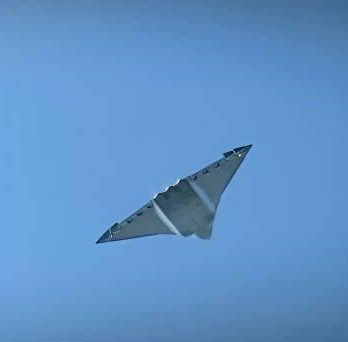
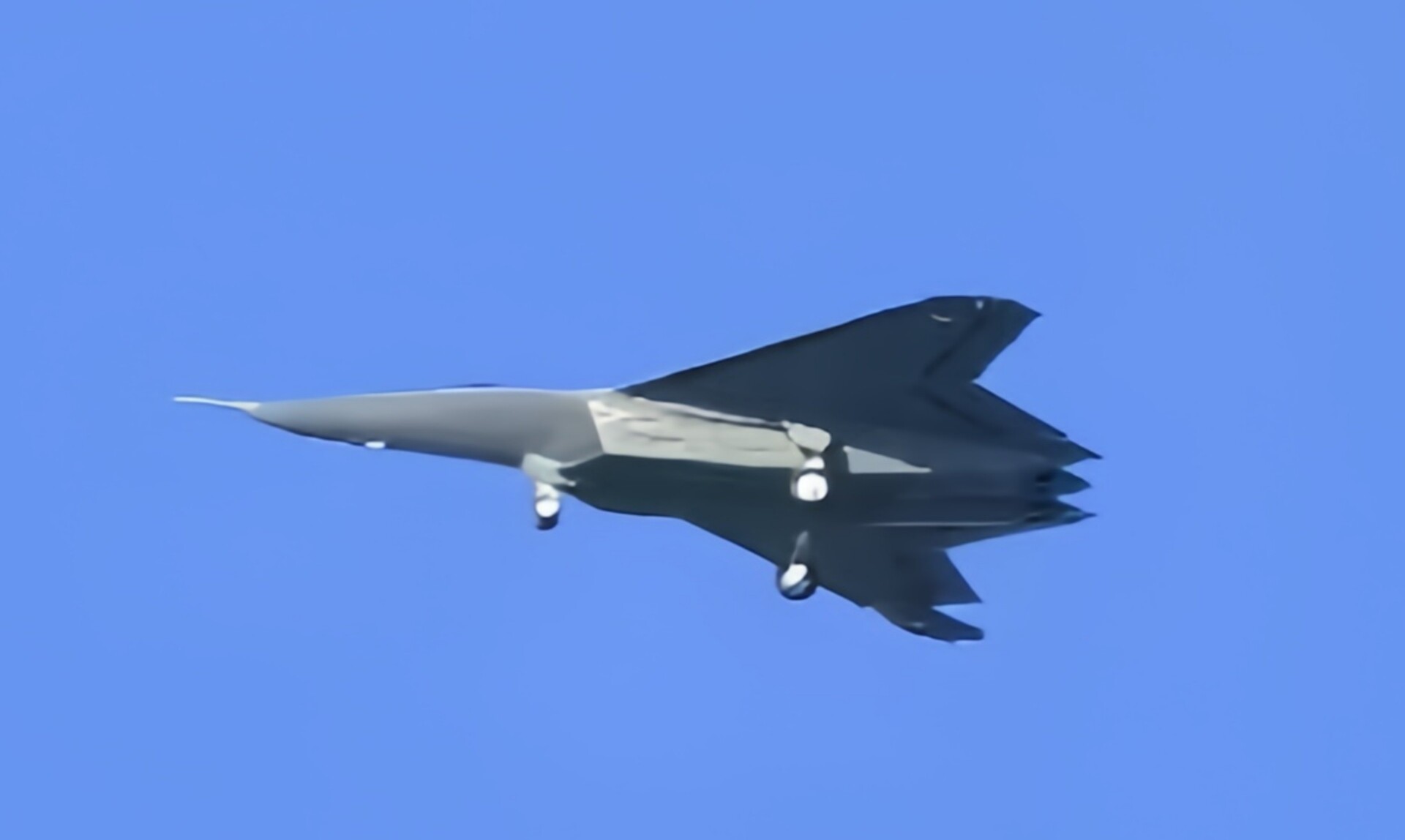
Detailed Design Features of the J-50:
• Wing Configuration: Employs a stealth-optimized, tailless lambda wing design with sharply swept angles and downward-sloped wingtips, enhancing aerodynamic efficiency and reducing radar cross-section.
• Control System: Features innovative rotatable wingtips, replacing traditional vertical stabilizers to enhance aerodynamic control and significantly improve stealth characteristics.
• Propulsion: Powered by twin engines positioned in streamlined nacelles featuring Diverterless Supersonic Intakes (DSI), significantly reducing radar signature while improving supersonic performance.
Operational Roles and Strategic Impact:
Initial assessments suggest the J-50 is meticulously engineered for superior performance in contested airspaces, integrating stealth capabilities, advanced radar-absorbent materials, and next-generation sensors to facilitate integrated operations with unmanned combat aerial vehicles (UCAVs), fundamentally reshaping air combat paradigms in the Indo-Pacific region.
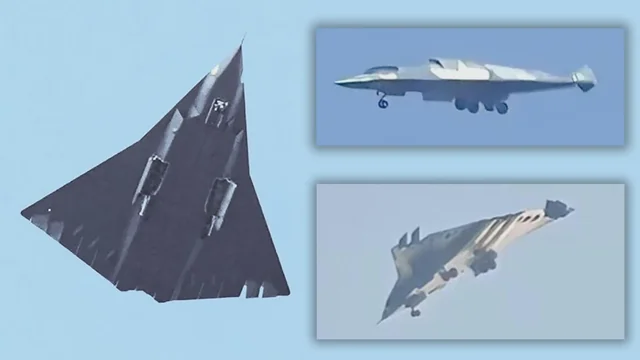
Developmental Progress:
As of April 2025, the J-50 remains in the preliminary flight-testing phase, with just one confirmed prototype currently active.
However, detailed specifications on avionics, weapon systems, and combat performance parameters remain classified and subject to iterative enhancements throughout the developmental lifecycle.
Additional Insights:
Information regarding the J-50 predominantly relies upon preliminary observations and expert analyses, with further authoritative disclosures anticipated as the aircraft advances towards operational maturity.
— DEFENCE SECURITY ASIA


